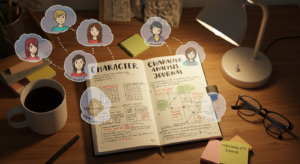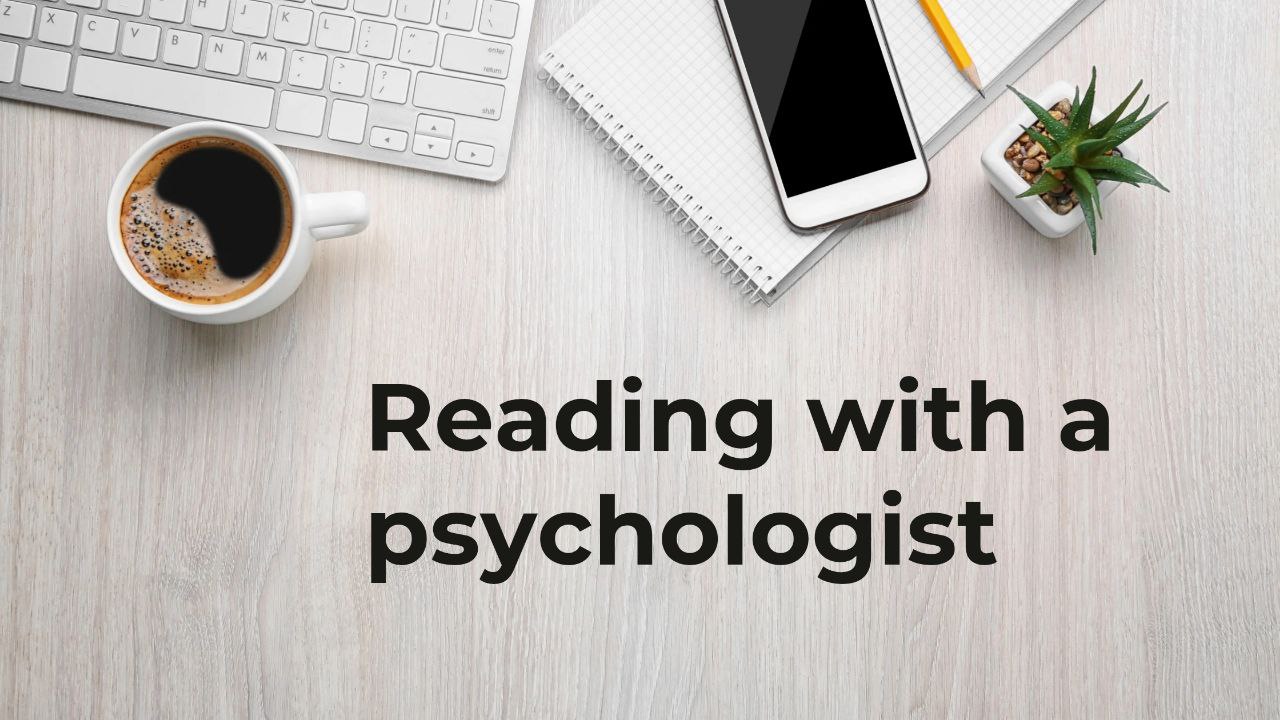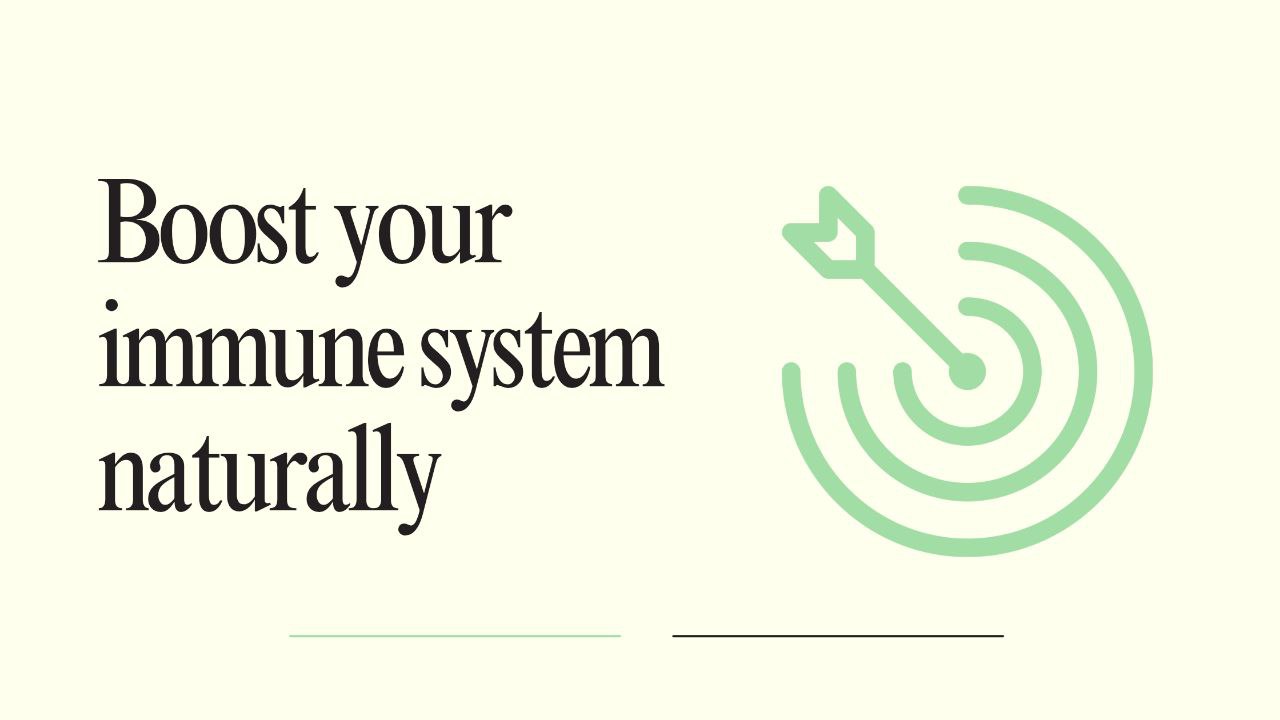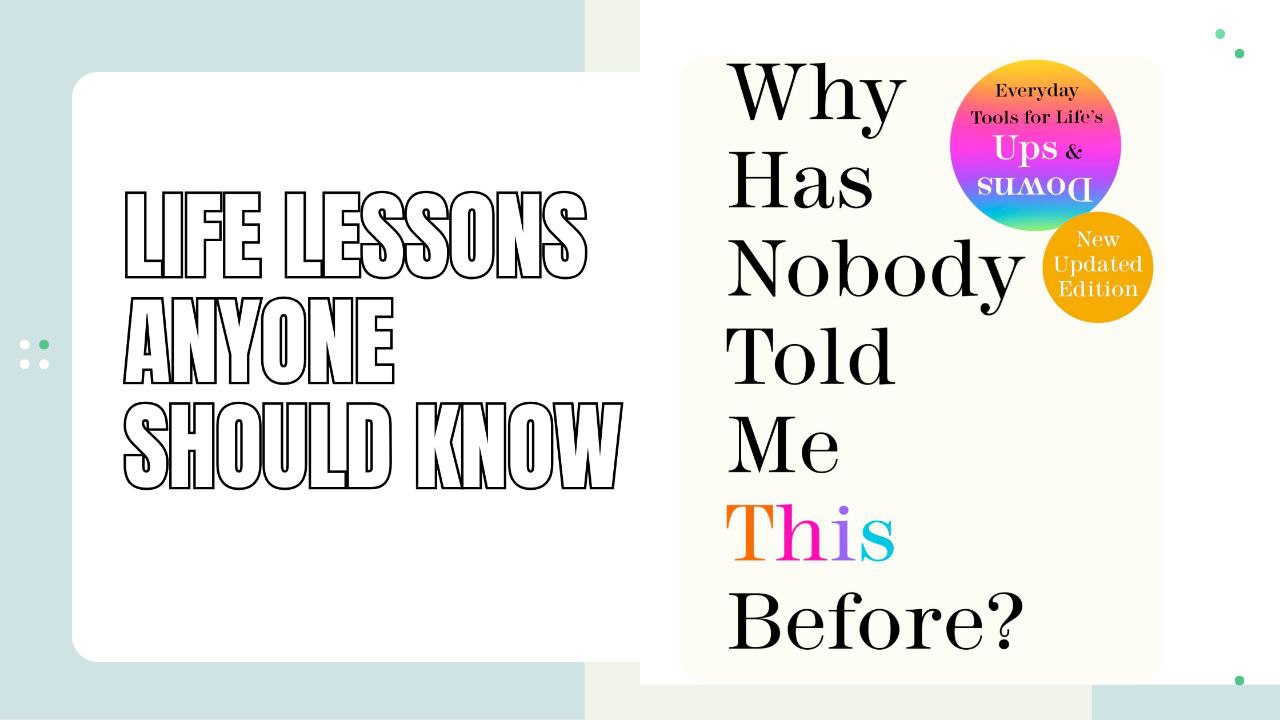Find the special series Reading with a Psychologist, where we delve into popular book characters from a psychological perspective. Learn about trauma, cognitive biases, and personality types (MBTI & Big Five) to take your reading experience to the next level.
Introduction: Why Read Like a Psychologist?

Books can take us to other worlds, but how much do you really know about your favorite characters’ decisions and reasons? Come with us to Reading with a Psychologist, where psychology and literature intersect. Are you a book enthusiast or a mind learner? You’ll know more about the psychological tendencies that motivate characters—and often our own lives.
In this article, we will address:
- How trauma shapes characters in literature
- The existence of cognitive biases in narrative
- Personality testing using MBTI and the Big Five Model
By reading psychologically, not only do we gain more from the narratives we are reading, but we also learn things about ourselves and the behavior of other human beings.
Let‘s start our journey into the minds of fictional characters.
1. Character Trauma: The Silent Architect
What is Trauma?
In psychology, trauma is defined as an emotional reaction to a deeply disturbing or distressing event. Traumatic events are typically carried by fictional characters and influence their behavior, thoughts, and relationships.
Case Study: Harry Potter (J.K. Rowling)
Harry also experiences a violently abusive home environment, loses a parent, and sees death wherever he looks. All of which are indicators of complex PTSD
- Hypervigilance (always prepared for danger)
- Emotional numbing (difficulty with emotional expression)
- Survivor guilt
We also observe how trauma affects his capacity to bond, trust, and resist stress. His resilience is a compelling testimony to post-traumatic growth.
Other Examples:
- The Kite Runner by Khaled Hosseini: Amir‘s guilt and path of redemption demonstrate healing from trauma. His inner conflict and struggle of self-worth drive the plot.
- Jane Eyre by Charlotte Brontë: Abandonment and abuse in childhood result in Jane’s aloof but resilient nature. Her ability to cope with repeated abandonment is a case of psychological resilience.
- A Little Life by Hanya Yanagihara: This book explores extremely deeply the lasting impact of trauma, including self-injury, dissociation, and depression.
Why it Matters: Trauma tends to define a character‘s life path, relationships, and survival mechanisms. Knowing it helps us understand them on a deeper level and empathize with their suffering, triumphs, and development.
2. Cognitive Biases in Narratives: The Hidden Filters
Cognitive biases are mental shortcuts that lead to distorted thinking in most cases. They show up in books when characters make choices based on faulty impressions.
Shared Biases in Fiction:
Confirmation Bias: Characters overlook evidence to the contrary of their beliefs.
Negativity Bias: Emphasizing the significance of negative events, often used for plot-driven intentions.
Halo Effect: Evaluating a character’s behavior based on a single positive characteristic (e.g., being attractive).
Self-serving Bias: Assigning success to internal causes and failure to external causes.
Fundamental Attribution Error: Overestimating personal characteristics and underestimating situational factors.
Case Study: The Great Gatsby (F. Scott Fitzgerald)
Jay Gatsby idealizes Daisy and will not acknowledge her flaws. This is idealization bias, as he places an ideal picture on someone who does not warrant it. Nick Carraway, the narrator, also uses selective perception—he tends to judge people like Gatsby more favorably than others.
Additional Example: Gone Girl (Gillian Flynn)
Amy Dunne exploits both the media and her husband via cognitive biases in society. The novel employs the availability heuristic and gender stereotypes and challenges the reader to reconsider early assumptions.
Application: Finding biases adds depth to reading. We ask ourselves why characters act unreasonably—and maybe examine our own thought processes.
3. MBTI & Big Five: Protagonists’ Personality Types
MBTI (Myers-Briggs Type Indicator) categorizes personalities into 16 types by four dimensions:
- Introversion (I) vs. Extraversion (E)
- Sensing (S) versus Intuition (N)
- Thinking (T) vs. Feeling (F)
- Judging (J) vs. Perceiving (P)
Big Five Personality Traits:
- Openness to Experience
- Conscientiousness
- Extraversion
- Agreeableness
- Neuroticism
Case Study: Elizabeth Bennet (Pride and Prejudice)
- MBTI: ENFP – inquisitive, humorous, and ethical
- Big Five: High Openness, High Agreeableness, Moderate Neuroticism
These personal traits of moral conviction, intellectual curiosity, and stubbornness are, in themselves, traits to create a believable, well-rounded character of Elizabeth.
Case Study: Katniss Everdeen (The Hunger Games)
- MBTI: ISTJ – reserved, duty-bound, practical
- Big Five: High Conscientiousness, Low Extraversion, High Neuroticism
Katniss‘s personality is also a reflection of her traumatic history and survival mentality. Her emotional struggle with opening up, her defensive nature, and high stress reaction are typical of someone in a state of constant fight-or-flight.
Other Notable Examples:
- Sherlock Holmes (INTP): logical, analytical, detached
- Holden Caulfield (The Catcher in the Rye): High Neuroticism, Low Agreeableness, the quintessential example of an angst-ridden teenager.
Why it Matters: These structures enable us to know characters more than plot functions. They reveal who characters are inside, how they develop, and what issues they struggle with.
4. Advantage of Reading through a Psychologist’s Perspective

- Deeper Emotional Connection: Not only know what a character does, but why.
- Greater Empathy: Learn to see actions in terms of trauma or prejudice instead of blame.
- Critical Thinking: Recognize illogical choices and question narrative coherence.
- Self-Reflection: You may see patterns in characters in yourself.
- Improved Writing Skills: Writers in the making can utilize psychology in developing realistic characters.
- Enriched Discussions: Integrate distinctive perspectives into book clubs or academic papers.
Reading from a psychological perspective provides a chance to analyze human behavior, cognition, emotion, and development in each book.
5. Make Your Own Analysis

Feel like reading like a psychologist? Here’s a quick guide:
- Create a character’s significant experiences (rejection, loss, betrayal)
- Ask: Which behaviors could be defense mechanisms?
- Notice language: Can they recognize biased language (always, never, everyone hates me)?
- Try MBTI or Big Five analysis from their actions, not from conversation only
- Track change: In what ways does the character change in trust, risk-taking, or worldview?
Make a reading journal with the following questions:
- What was the overriding psychological theme of this book?
- Did the character show evidence of trauma or mental illness?
- Which cognitive biases guided the character‘s decisions?
- How would a therapist explain their behavior?
Final Thoughts: Reading with a Psychologist
The Mind Behind the Story Reading with a psychologist‘s perspective makes each book a case study. Characters are not just ink—they‘re mirrors of human nature. Reading romances, thrillers, or classics, observing psychology in action makes you a richer, deeper reader. We read in order to understand the world—but psychologically, we already understand the inner world. So, the next time you open a novel, take your in-house psychologist along.






